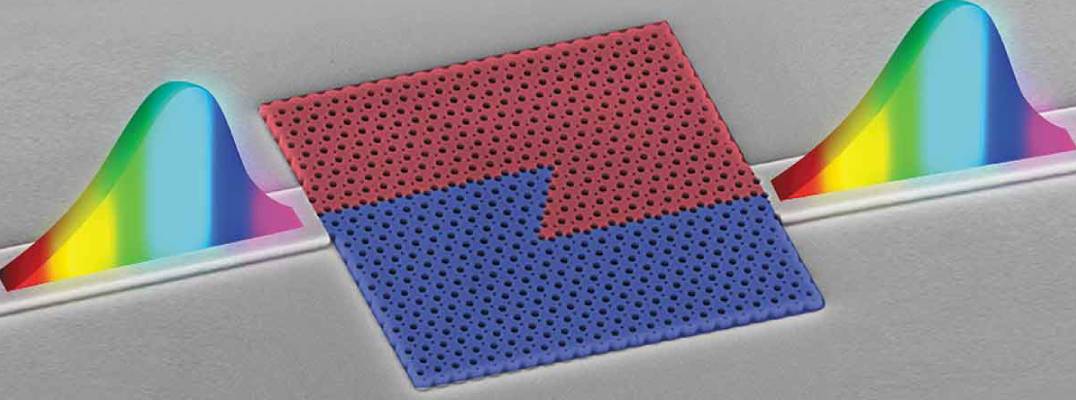Scientists from Changchun University of Science and Technology and China Jiliang University have developed innovative strategies to improve laser cavity designs using Bound States in the Continuum (BIC). Their work addresses critical challenges posed by finite-size effects in planar photonic crystals, achieving remarkable advancements in laser efficiency and stability.
The team introduced two groundbreaking designs:
- Reflective Boundary Design: By incorporating reflective lattice regions, this approach significantly reduces mode leakage, achieving a Q-factor of 13,974.
- Graded Photonic Crystal Design: This method gradually adjusts air hole sizes to smooth transitions, resulting in an exceptional Q-factor of 92,091.
In a notable milestone, the researchers demonstrated a 940 nm electrically pumped BIC laser with a Q-factor of 11,776, showcasing the practical potential of these designs for real-world photonic devices.
These advancements pave the way for more efficient and compact photonic devices, with applications ranging from telecommunications to medical imaging. The team emphasizes that their designs could revolutionize laser technology by overcoming long-standing limitations in planar photonic crystals.The study was published in a leading scientific journal, Frontiers of Optoelectronics, highlighting its significance for photonics.
